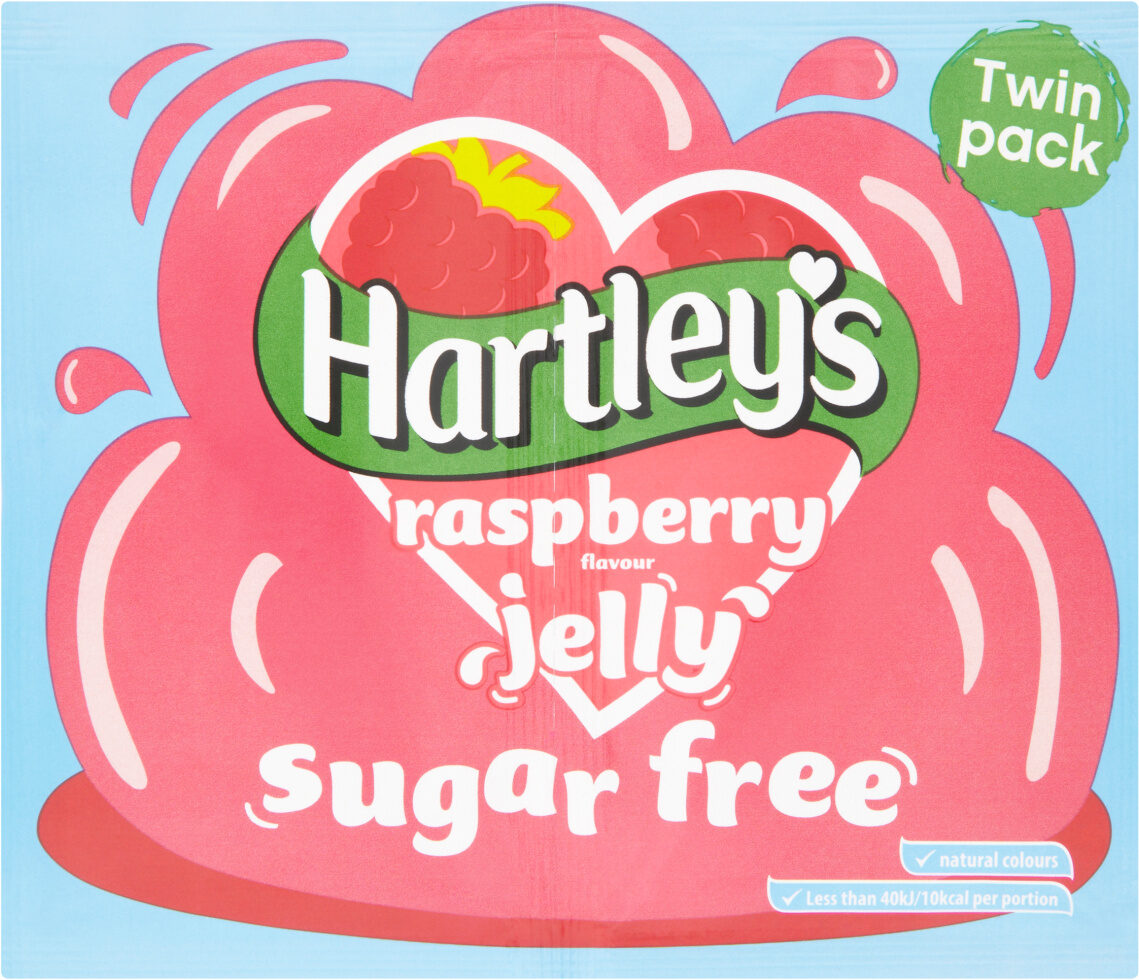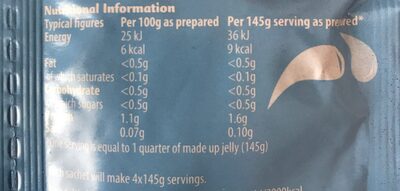Raspberry Flavour Jelly Sugar Free Twin Pack - Hartley's - 4 x 145 g
This product page is not complete. You can help to complete it by editing it and adding more data from the photos we have, or by taking more photos using the app for Android or iPhone/iPad. Thank you!
×
Barcode: 5000354160936 (EAN / EAN-13)
Quantity: 4 x 145 g
Brands: Hartley's
Categories: Snacks, Desserts, Sweet snacks, Confectioneries, Cooking helpers, Candies, Dessert mixes, Jelly desserts, Mixes for jelly desserts, Granuales
Labels, certifications, awards: Contains a source of phenylalanine
Origin of ingredients: Ireland
Matching with your preferences
Environment
Carbon footprint
Packaging
Transportation
Report a problem
Data sources
Product added on by kiliweb
Last edit of product page on by caraldine.
Product page also edited by cha-delh, inf, openfoodfacts-contributors, roboto-app, yuka.ZnZ3a0w3OGl1TVFtbGRvUjJUelEvOWNwNEkyRFl6K1dFOWNVSWc9PQ, yuka.sY2b0xO6T85zoF3NwEKvll0bcsXYoSDebz7WkFGm5NirMpH5ZPN1yabWI6g.








